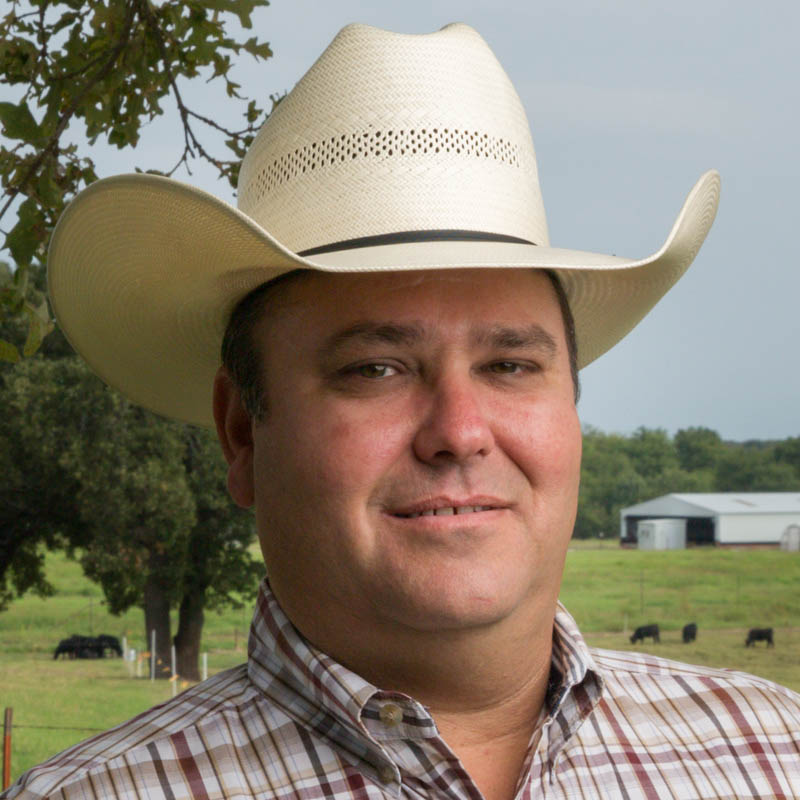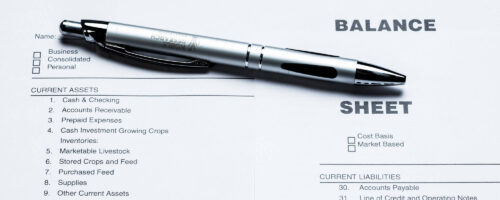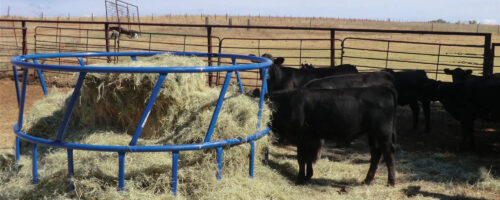During and after drought, most producers try to survive the winter by stretching forage and feed resources. This can be accomplished with careful thought and consultation with a nutritionist to ensure that each cow’s nutrient requirements are still being met for the stage of production it is in. If corners are cut to save money now, it can have long lasting repercussions.
The first consideration when pasture quality and quantity are low during winter is that a spring calving cow’s requirements are increasing through late gestation and continue to increase after calving and early lactation. Table 1 demonstrates this trend and shows that a cow reaches its highest nutrient requirements two months after calving. This table also lists the quality of the total diet the cow must consume in order to meet her requirements, including maintenance and development of the fetus. If the cow is able to consume an ad libitum forage diet in the last month of pregnancy, she would need to eat hay or pasture that was at least 56.2 percent total digestible nutrients (or energy) and 8.8 percent crude protein.

Following drought, most ranchers do not have the luxury of enough pasture or hay to allow the cows to consume all that they want. This is when you should use the total pounds of each nutrient that the cow must have to meet her nutritional requirements. Many times, we can meet her nutrient requirements with more nutrient-dense feeds such as alfalfa hay and by-product feeds without meeting the cow’s dry matter intake requirements. The cow may still be hungry because of lack of rumen fill, but she will not suffer from malnourishment.
The consequences of not meeting the cow’s nutrient requirements prior to calving can have lasting effects on the cow and the ranching operation. A cow that is receiving inadequate nutrients and is losing weight will enter starvation mode, which may shut down the reproductive cycle. This can last well into spring after grasses have started to grow again because the cow must regain enough body condition to trigger the initiation of the reproductive cycle. This can lead to the cow being bred late in the season or not at all.

Table 2 demonstrates the importance of body condition on the rebreeding rate of mature cows. A cow in a body condition score of 4 or less has a dramatically reduced rebreeding rate. Additionally, a cow that is in poor body condition at calving has a higher chance of dystocia, or calving problems.
Feeding the cow herd during drought is a costly venture, but not feeding them will cost you more in the long run through stillborn calves and dead or open cows next year. You cannot starve profit into a cow.



Comment